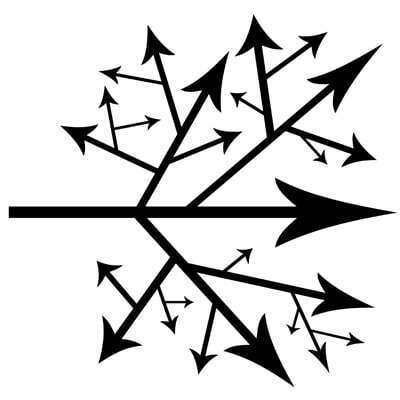Is Your Alter Ego Craving Hair Extensions?
 When you wake up from one of those good hair nights, do you want to run for the scissors or the salon to build on your wild look with ego hair extensions?
When you wake up from one of those good hair nights, do you want to run for the scissors or the salon to build on your wild look with ego hair extensions?
Body art, tattoos, metal bits, body sculpting, cosmetic surgery, liposuction, spray tanning, eyebrow threading, hair extensions… the choices seem endless these days for creating a body image to reflect who we are, want to be or think we are. Which seems to connect to the age-old quest to know – Who am I?
In the lexicon of spirituality, self-image is usually associated with ego identity. An alter ego is a different ego identity from our normal one or sense of self… a rock star, a past life, an abandoned child – who knows? Alter egos can be anything – a wish for another theater of being?
I had no idea of the extent of the evolution of hair extensions and the contribution they are making to the world of fashion and glamor. Basic hair extension types remind me of enneagram types.
According to Alter Ego Hair Design – Hair extensions are pre-tipped strands of hair that are attached to small sections of your own natural hair near the root. Length, volume or both is now safe and comfortable to achieve, so you can stop dreaming about the hairstyle of your dreams!
Hair extensions can enable you to transform the appearance of fine, lifeless or short hair into thick, long, beautiful looking hair. Using human hair extensions, you can literally change your hair in an afternoon. Don’t wait another day to experience the excitement of what hair extensions can do for you! Whether you just need volume or you want super long locks, it’s the hair you’ve always dreamed of, made real!
The quest, the seeking, the endless search for meaning and self-worth continue – as does the desire to find the right image to reflect the self – ego, alter ego, or other.
[ad#post468]



 I came across
I came across